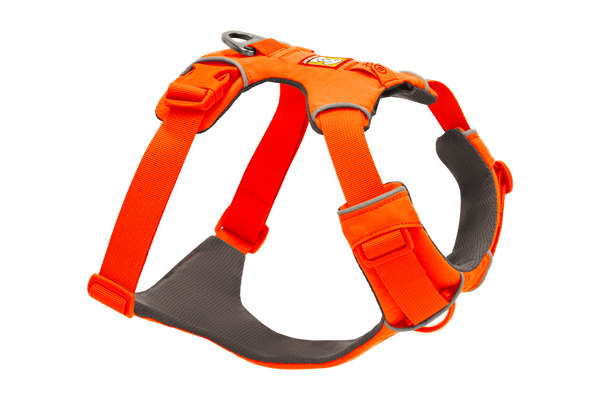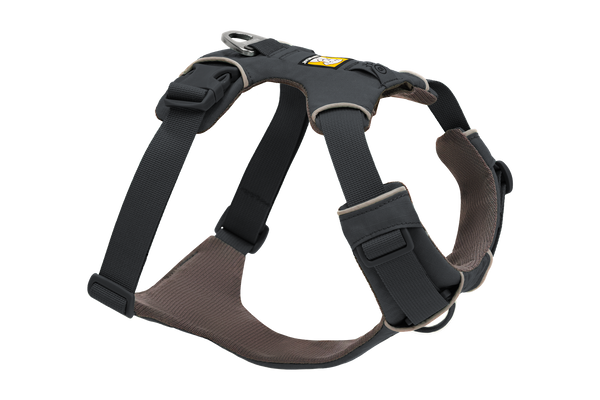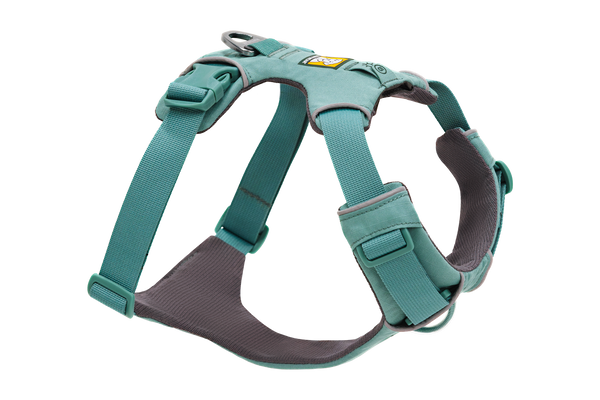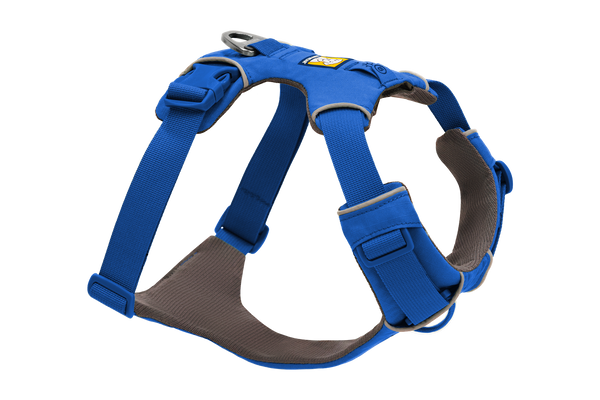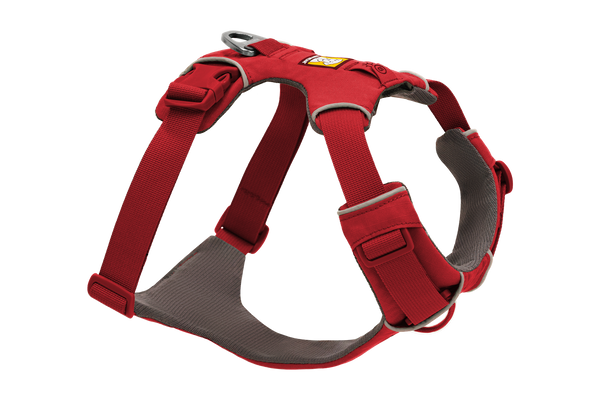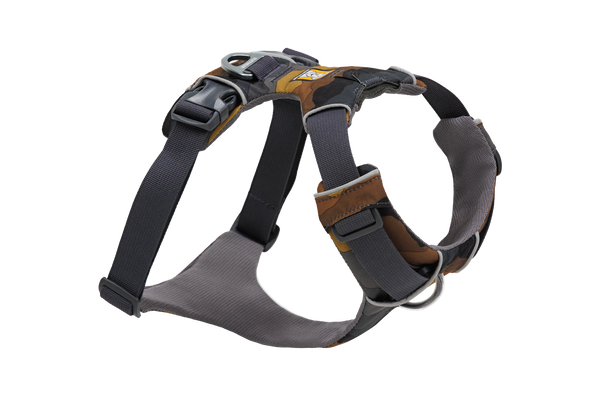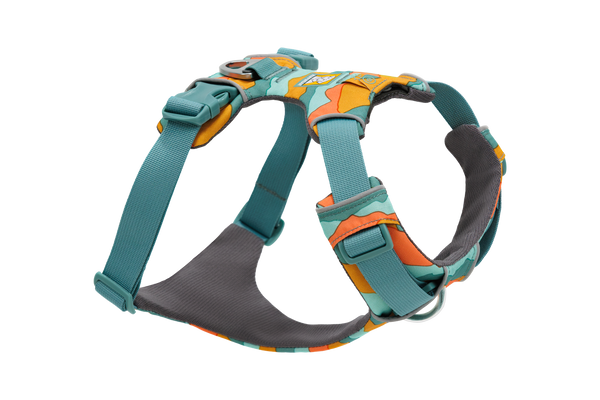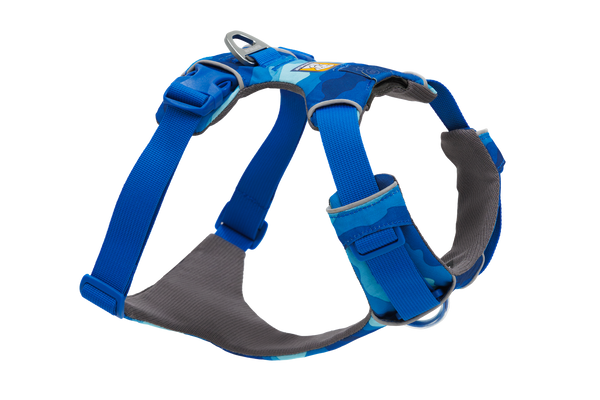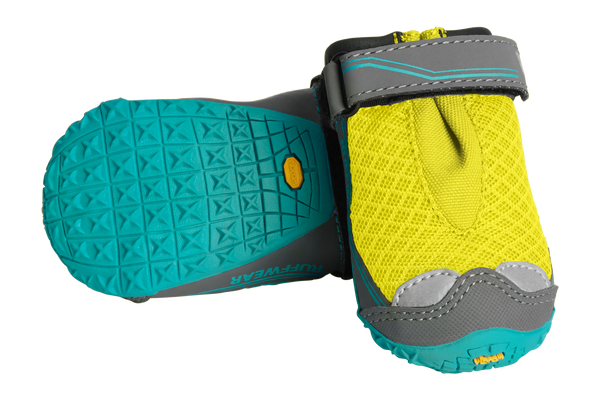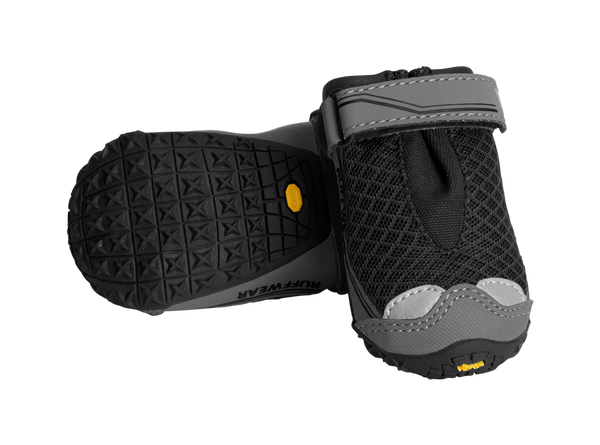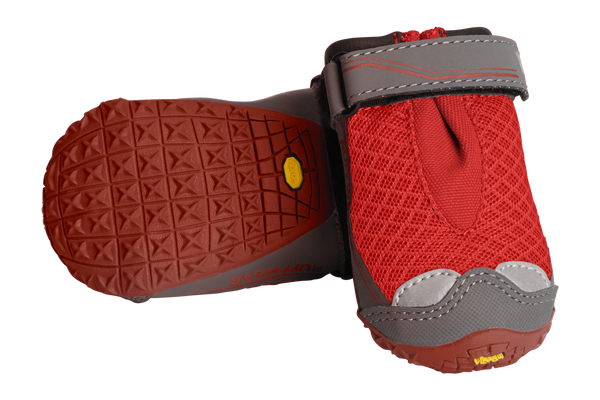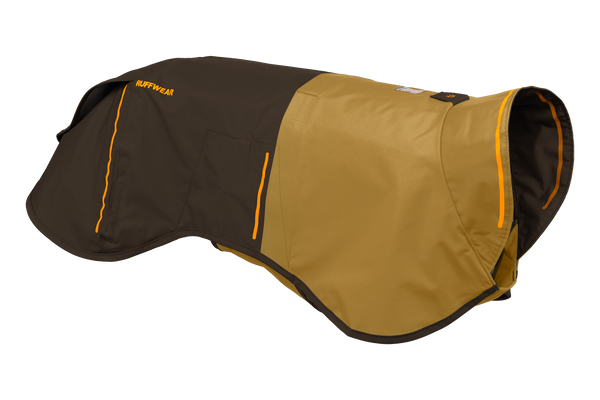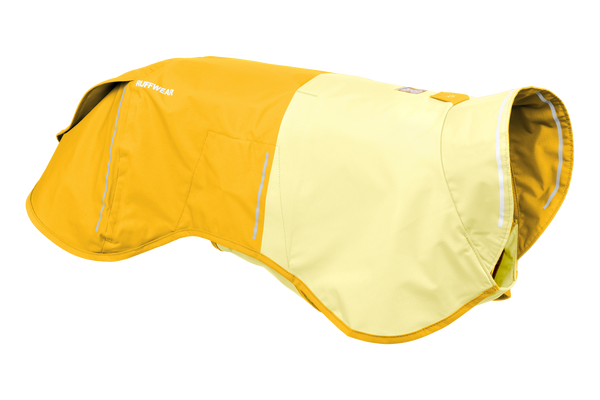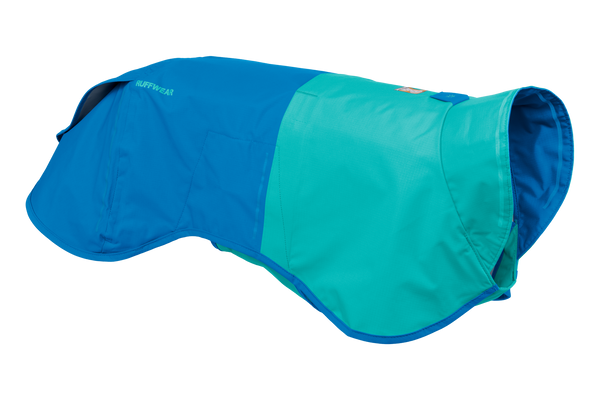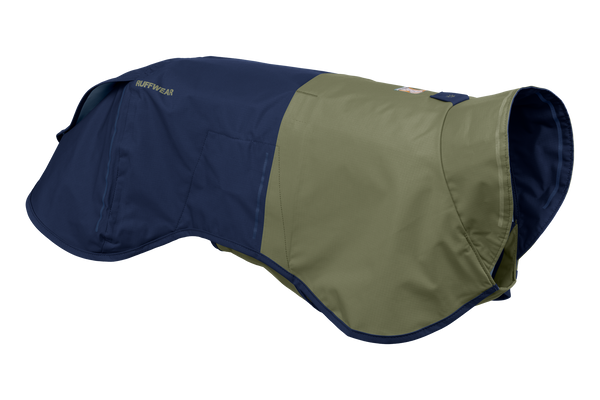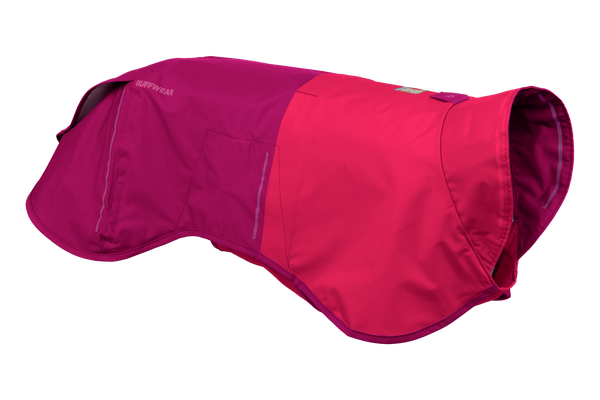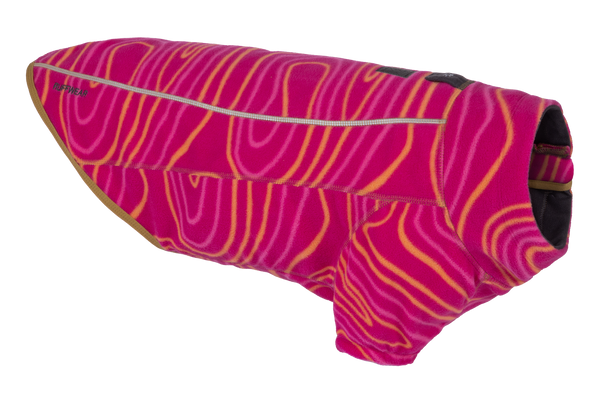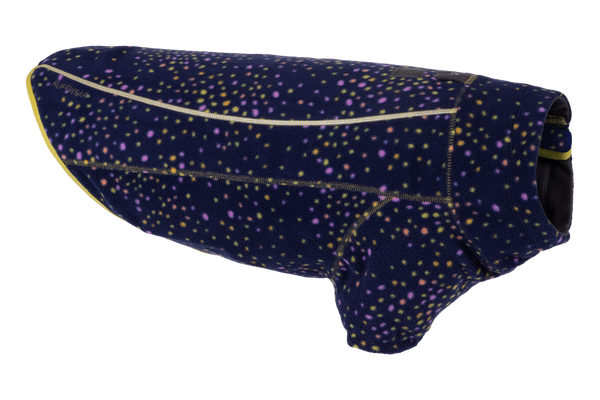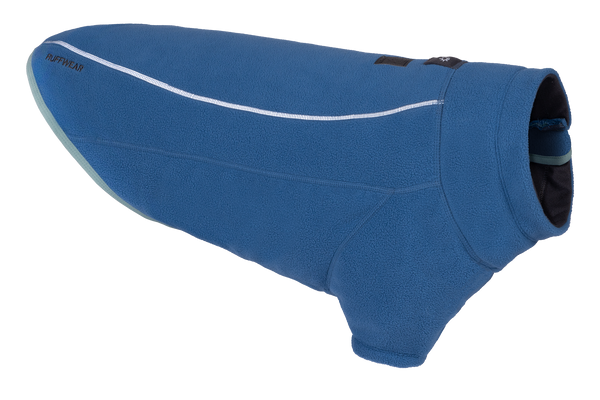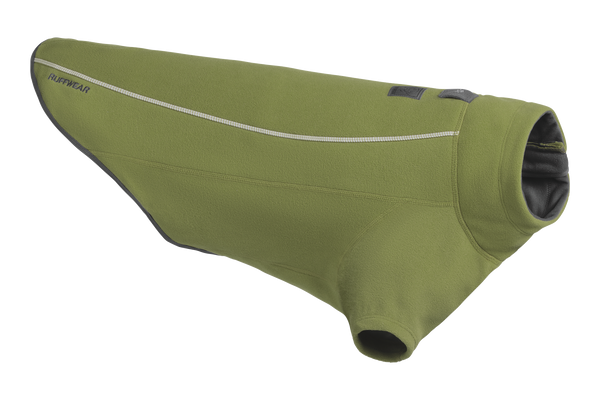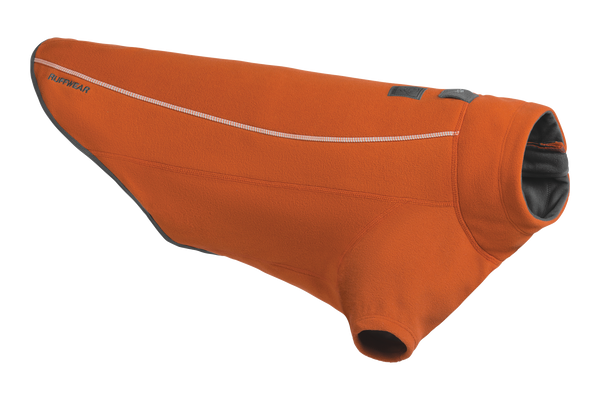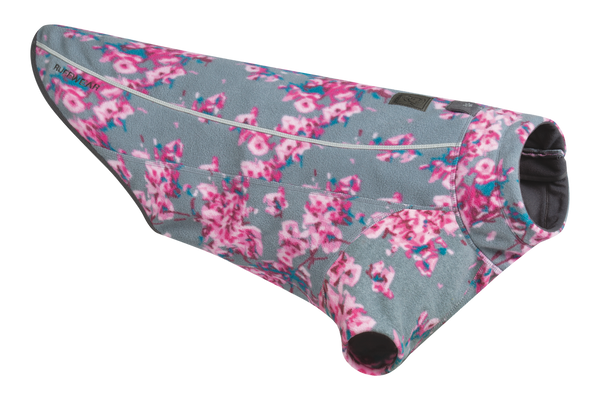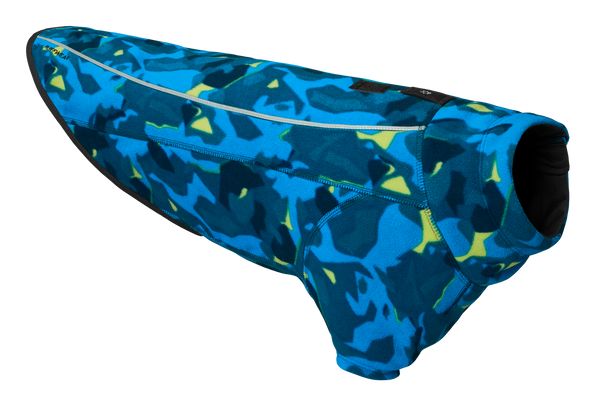Dog collars are one of the most common pieces of gear in a dog’s kit. They hold ID tags for quick identification if lost, offer a lead attachment point, and even showcase a little personality with fun colors and patterns.
Dog collars of all styles pose risks during playtime, at home, and on the go. And the best way to mitigate those risks is to be aware and proactive with a few tips:
- Remove collars during playtime
- Remove collars at home and in crates
- Stay aware of your dog and their surroundings at all times
- Make sure the size and fit is right
REMOVE COLLARS DURING PLAYTIME
When some dogs play with each other, they wrestle or tug at objects, including collars. Sometimes, a dog’s jaw or tooth can get tangled in their playmate’s collar.
Their first instinct is often to twist and try to break free, and that can result in the tightening of the collar. If the dogs can’t be quickly and safely separated, injury or death can occur. Even ID tags and their clips can get caught and cause injury.
The best way to avoid these issues is to remove collars before play with other dogs.
REMOVE COLLARS AT HOME & IN CRATES
At home, collars can get stuck on household items, such as fences or upholstery. When a dog is in a crate or kennel, their collar or ID tags can get hooked on the crate. If unable to unhook themselves, it could lead to injury or death.
The best way to avoid this is to remove collars before crating your dog or if leaving them unattended.
STAY AWARE AT ALL TIMES
Dogs will be dogs, and sometimes sniff-and-greets turn into an impromptu play session before you can remove collars. Collar entanglements can happen and escalate quickly, so keeping a keen eye on your dog means you can intervene promptly.
If entanglement does occur, taking action might mean needing to cut the collar off. Cutting might be necessary even for a collar with a side-release buckle.
MAKE SURE THE SIZE IS RIGHT
Not too loose, not too tight – if you’re able to slip just two fingers between the collar and the dog, it’s sized just right.
Too tight and it could be uncomfortable for the dog. Too loose and the odds of getting caught on things (even the dog’s own mouth and paws) are increased.
It’s always good practice to check the fit of your dog’s collar in case they grow or lose weight, or their fur is thicker in the winter.
ARE DOG COLLARS SAFE?
There are certainly risks to be aware of when it comes to dog collars, but with a good fit, proactive thinking, and awareness of your dog and their surroundings, collars are a useful part of your dog’s kit.
